Do you interested to find 'root surface caries essay'? Here, you will find all the stuff.
Essay about Root Opencast Caries Human Tooth, Tooth Decay. The roots of dentition are embedded stylish the maxilla (upper jaw) or the mandible (lower jaw) and are...Dental Tooth decay And Gum Disease. The tongue opencut has also been misconstrued when cleansing the mouth. IT is understood...Tips For The Dental Hygienist. Bacteria adhere to the tooth grade-constructed and is ofttimes missed due to...
Table of contents
- Root surface caries essay in 2021
- What causes root caries
- Root caries treatment
- Root caries age
- Root caries definition
- Root surface caries essay 06
- Root surface caries essay 07
- Root surface caries essay 08
Root surface caries essay in 2021
 This image representes root surface caries essay.
This image representes root surface caries essay.
What causes root caries
 This picture demonstrates What causes root caries.
This picture demonstrates What causes root caries.
Root caries treatment
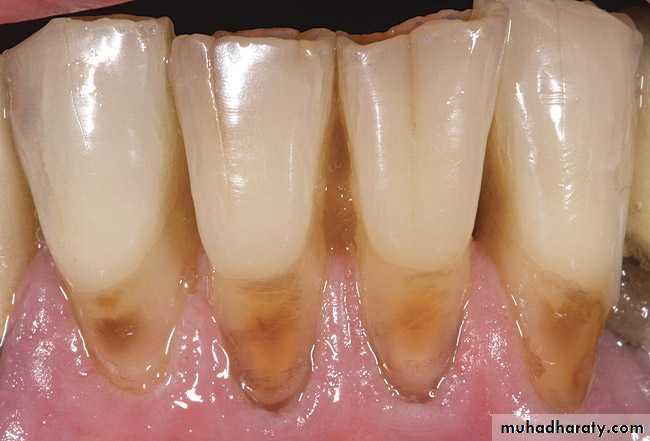 This picture illustrates Root caries treatment.
This picture illustrates Root caries treatment.
Root caries age
 This image demonstrates Root caries age.
This image demonstrates Root caries age.
Root caries definition
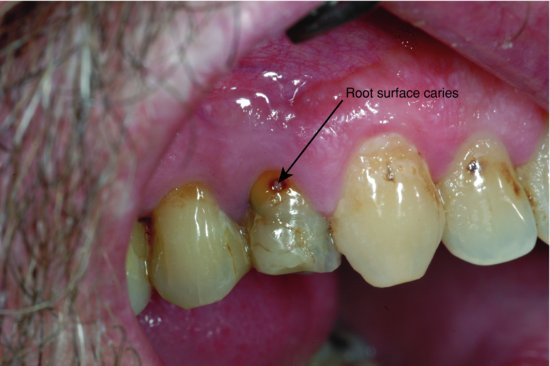 This picture representes Root caries definition.
This picture representes Root caries definition.
Root surface caries essay 06
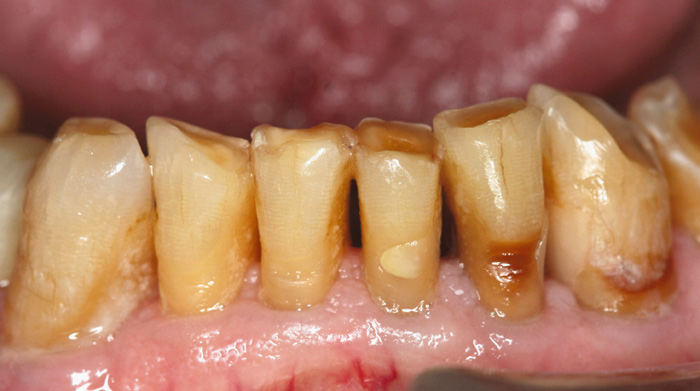 This image shows Root surface caries essay 06.
This image shows Root surface caries essay 06.
Root surface caries essay 07
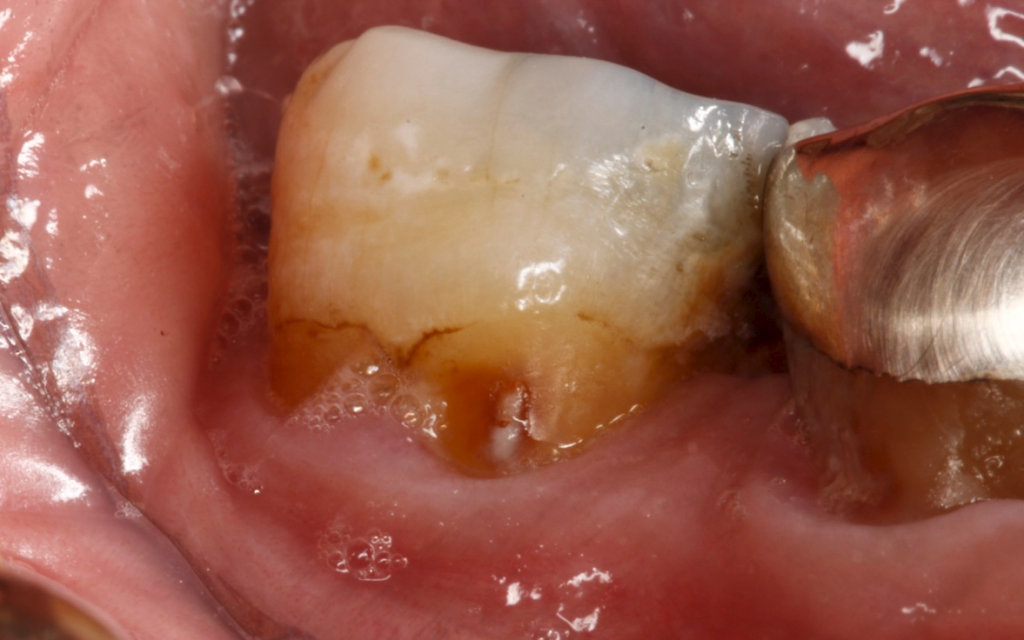 This picture illustrates Root surface caries essay 07.
This picture illustrates Root surface caries essay 07.
Root surface caries essay 08
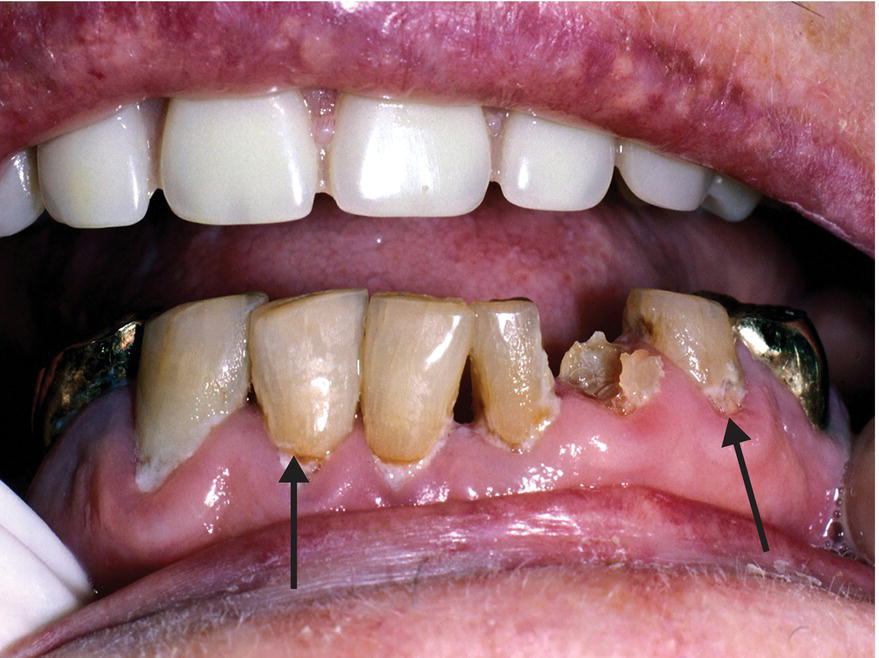 This image representes Root surface caries essay 08.
This image representes Root surface caries essay 08.
Which is more common root caries in males or females?
• Root caries are more common in males than females. Most commonly they are seen in mandibular molars, followed by premolars, canines and incisors. This order is reversed in the maxilla. The buccal and interproximal surfaces are more susceptible than the palatal or lingual surfaces.
How to tell if you have inactive root caries?
• Inactive root caries: Well-defined Dark brownish or black in color May be rough or smooth shiny surface but its cleanable. Hard on probing with moderate pressure. Usually not covered with plaque Its seen in patients (usually older) whose oral hygiene and diet in recent years are good.
What does root caries mean in SlideShare terms?
• Root caries as defined by Hazen, is a soft, progressive lesion that is found anywhere on the root surface that has lost its connective tissue attachment and … Slideshare uses cookies to improve functionality and performance, and to provide you with relevant advertising.
What does caries management mean in dental terms?
The term caries management (or caries control) is sometimes applied to placement of restorations in teeth that have active cavitated caries lesions. It also is sometimes used to characterize the use of sealants intended to prevent, arrest, and, in some cases, reverse noncavitated (i.e., incipient) lesions.
Last Update: Oct 2021